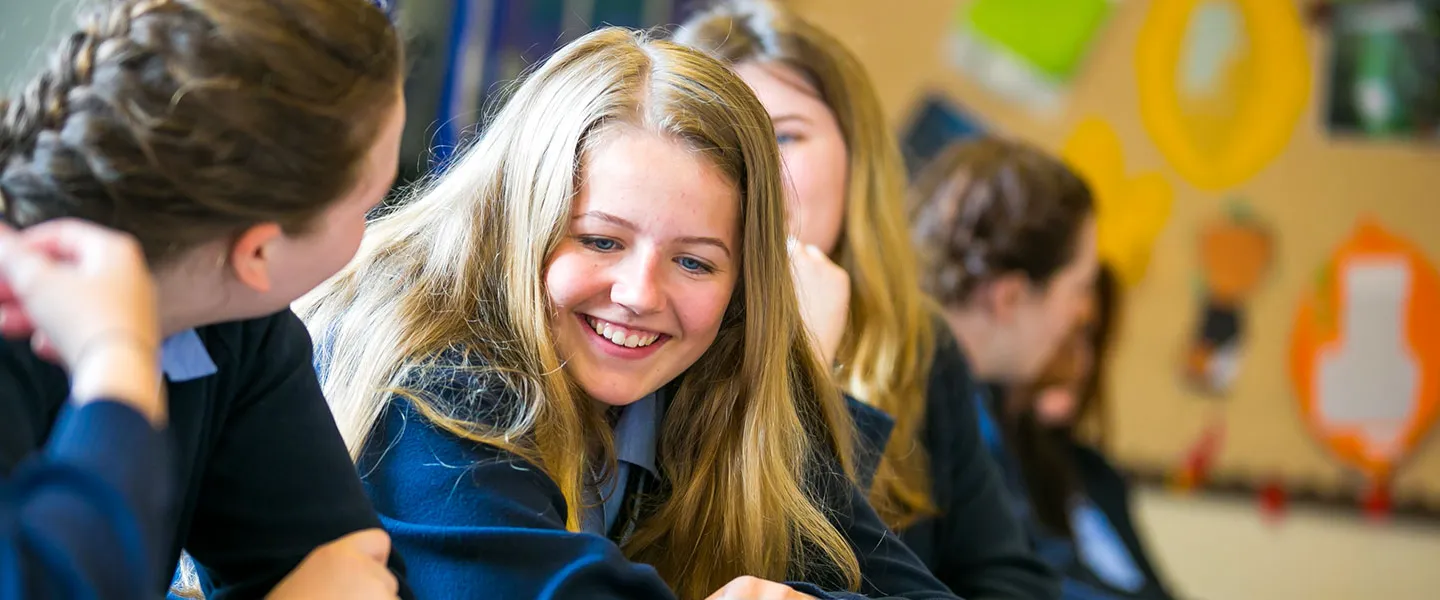In June 2015 the FIFA Women’s World Cup began in Canada in front of a record breaking crowd of over 53,000; this celebration of women in competitive sports has come a long way from unofficial tournaments in the 1970s to the first official US win in China in 1991 which, shockingly, the vast majority of America hadn’t heard of as it was not broadcast on TV.
These games have left a proud legacy of inspiring young women to participate in various sporting activities across the globe with programmes reaching indigenous communities where women and girls would not traditionally have the opportunity to participate in sport. With football now the top female participation sport in England it’s fair to say that the promotion of women in football due to these games has had their effect but this could not have been done without international broadcasting of the games on TV due to the demand for watching the matches. This is an encouraging sign of the increasingly equal status which women are holding in all aspects of life across the globe.
However, there are still milestones that need to be passed before the female players of today reach the superstar status of their male counterparts. The Women’s World Cup still hasn’t generated the level of hysteria of the Men’s World Cup and there are still empty seats in the stadium for matches despite the record breaking attendance level; the prize money of winning the tournaments only a fraction of the $409m for the Men’s World Cup at $13.9m.
But the steadily increasing status of the Women’s World Cup gives me hope that one day women will be seen as equal to men in all areas of sport and that women participation in any activity will be the norm as encouraged here in Queen’s with our successful Fitness for All campaign.
